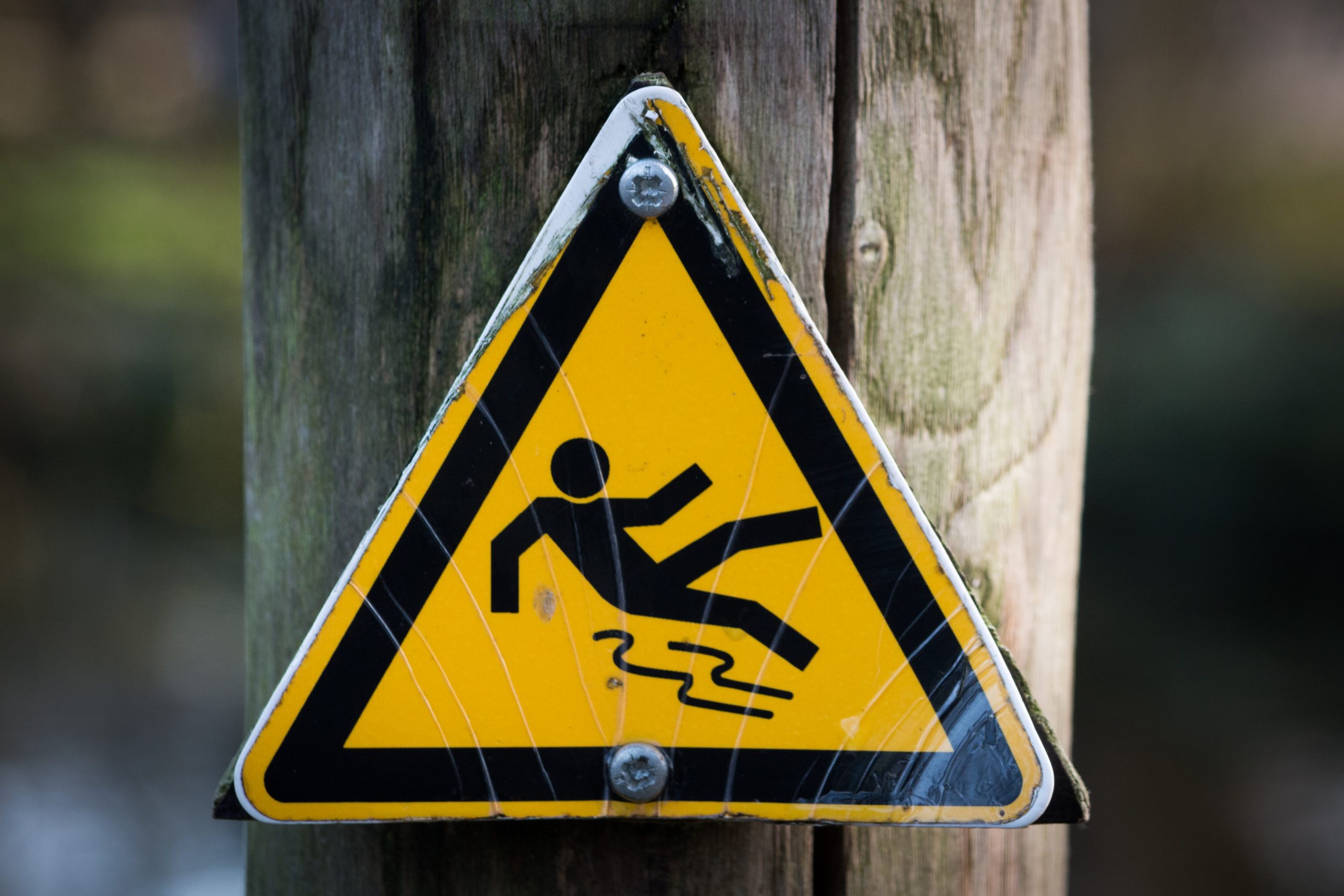The term "sandwich generation" refers to adults who find themselves caring for both their children and their aging parents simultaneously. This generation faces many challenges, including balancing their responsibilities as caregivers while also juggling their careers and personal lives. One significant concern for sandwich generation caregivers is the increased risk of falls among their aging parents.
Falls are a common problem among older adults, with about one in four adults over the age of 65 falling each year. Falls can cause serious injuries, such as broken bones or head trauma, and can lead to long-term health problems or even death. The risk of falls increases with age, and falls are the leading cause of injury-related deaths among older adults. In this article, we will explore the reasons why fall risks are higher among older adults and discuss strategies for reducing those risks.
Reasons for Increased Fall Risks in Older Adults
There are many reasons why fall risks are higher among older adults. Some of the most significant factors include:
- Physical Changes: As people age, their physical abilities change. They may experience reduced muscle strength, slower reflexes, and decreased balance, all of which can increase the risk of falls.
- Chronic Health Conditions: Older adults are more likely to have chronic health conditions, such as arthritis, diabetes, or heart disease, which can affect their balance and mobility.
- Medications: Many older adults take multiple medications, which can interact and cause dizziness or other side effects that increase the risk of falls.
- Environmental Factors: The home environment can also contribute to fall risks. Common hazards include loose rugs, poor lighting, and cluttered living spaces.
Strategies for Reducing Fall Risks in Older Adults
While falls are a common problem among older adults, there are many strategies that caregivers can use to reduce their parents' fall risks. Some effective strategies include:
- Regular Exercise: Encouraging older adults to participate in regular exercise can help improve their strength and balance, reducing the risk of falls.
- Medication Management: Caregivers should ensure that their parents' medications are being managed appropriately and that any potential side effects are being monitored.
- Home Safety: Making simple modifications to the home environment, such as installing grab bars in the bathroom or removing tripping hazards, can greatly reduce fall risks.
- Regular Check-Ups: Regular check-ups with a healthcare provider can help identify any underlying health conditions that may increase fall risks and ensure that they are being managed appropriately.
- Education: Caregivers can educate their parents about fall risks and encourage them to take steps to reduce those risks, such as using assistive devices when needed and staying active.
To summarize, fall risks are a significant concern for older adults, and caregivers in the sandwich generation must take steps to reduce those risks. By understanding the reasons why fall risks are higher among older adults and implementing strategies to reduce those risks, caregivers can help keep their parents safe and healthy.
